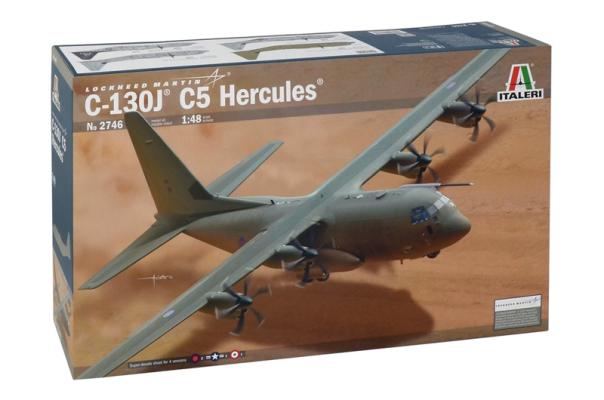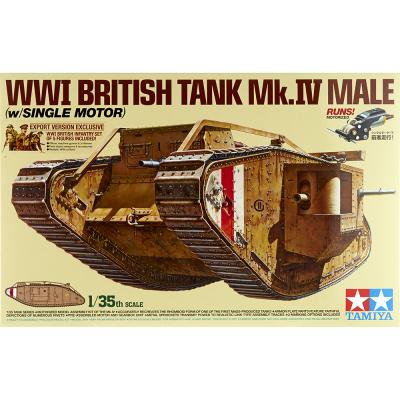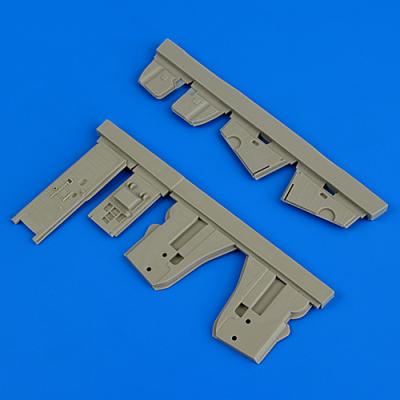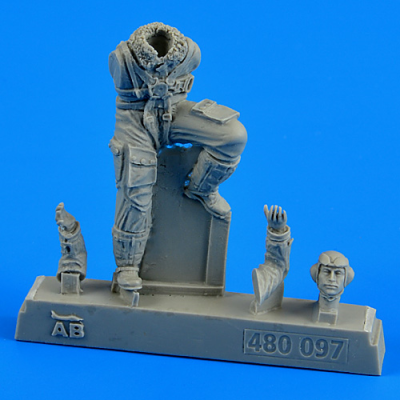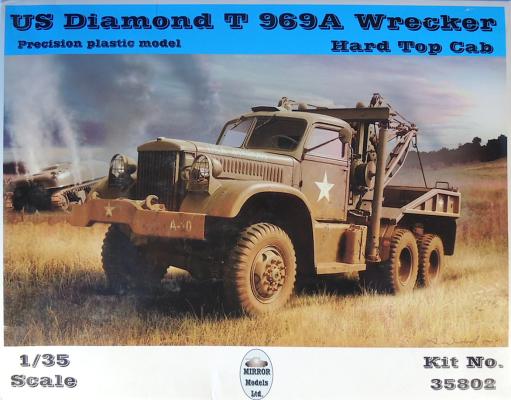Welcome to the IPMS/USA Reviews site!
Introduction: The primary organization of the IPMS/USA Review website is by IPMS/USA National Contest Class. Within each Class there are sub-menus by kits, decals, books, etc. The Miscellaneous Class is for items that are not class specific or that cross two or more classes.
IPMS/USA Members: We encourage you to submit reviews, both here and to the Journal. To volunteer for membership in the IPMS/USA "Reviewers Corps" and submit your own reviews, please read the Guidelines For Submitting Product Reviews.
Manufacturers, publishers, and other industry members: IPMS/USA is pleased to offer your company the opportunity for product reviews. All product reviews are performed by IPMS/USA members, and are posted in the publicly-accessible section of our website. With very few exceptions, we perform full build reviews of new kit releases, aftermarket products, and supplies. If you would care to provide product samples for review, please contact John Noack, IPMS/USA 1st VP.
To learn more about IPMS/USA, please see our About Us page.
The First World War, which marked its 100th Anniversary this year, was the first truly “Industrial War”. The slaughter on the battle fields, at sea, and in the air was aided, and the conflict prolonged, due to the industrial capacity of the belligerents to churn out the machinery of warfare. In particular, the relatively new invention of the internal combustion engine provided new killing “machines” in large numbers: the aeroplane in the sky, and the tank on the ground. And while both sides utilized aeroplanes for reconnaissance, bombing and aerial combat, it was the British and then the French who came up with the tank, the German and Austro-Hungarian forces having next to no tank production of their own during the war. The vast majority of the tanks utilized by the Germans on the Western front were in fact captured Allied tanks!
The Academy family of F-4 Phantoms are impressive kits. I absolutely love them. They are very detailed, but as always there is room for improvement. Enter Quickboost.
Packaged in typical Quickboost bottom opening package with a cardboard stiffener. Two pour stubs of light grey resin hold eight resin pieces that are blemish free. They contain beautiful detail on both sides. They are easy enough to remove from the pour blocks and are direct replacements for the kit parts.
This latest offering from Aerobonus is typical of their line of figures. There is one pour stub containing four pieces of flawless light grey resin. There are two arms, body and head. That sounds all kind of boring but this figure is molded as if he were exiting a late war Bf-109. The two separate arms are set to lay on the top of the canopy frame. The arms are added on a natural seem line. The legs are already set to have one leg on the seat and the other on the canopy sill, no assembly required on them. Overall clean up is relatively easy. The pour stubs are small and easy to remove.
This is a complicated kit to assemble and requires adjusting and fitting lots of parts. This is not a kit that will fall together out of the box on a Sunday afternoon, but approached as a challenging craftsman type kit, experienced modelers will produce an excellent model.
Diamond T 969 was a vehicle recovery truck based on a 4 ton 6X6 chassis, powered with a Hercules RXC six-cylinder gasoline engine, and equipped with a five speed overdrive transmission and a direct and under drive transfer, manufactured from roughly 1940 until 1945 by the Diamond T Motor Car Company in Chicago. From 1943 on most trucks were fitted with an open cab. This model includes the hard top. Mirror also has a model of the soft top version, as well as a Diamond T cargo truck.











